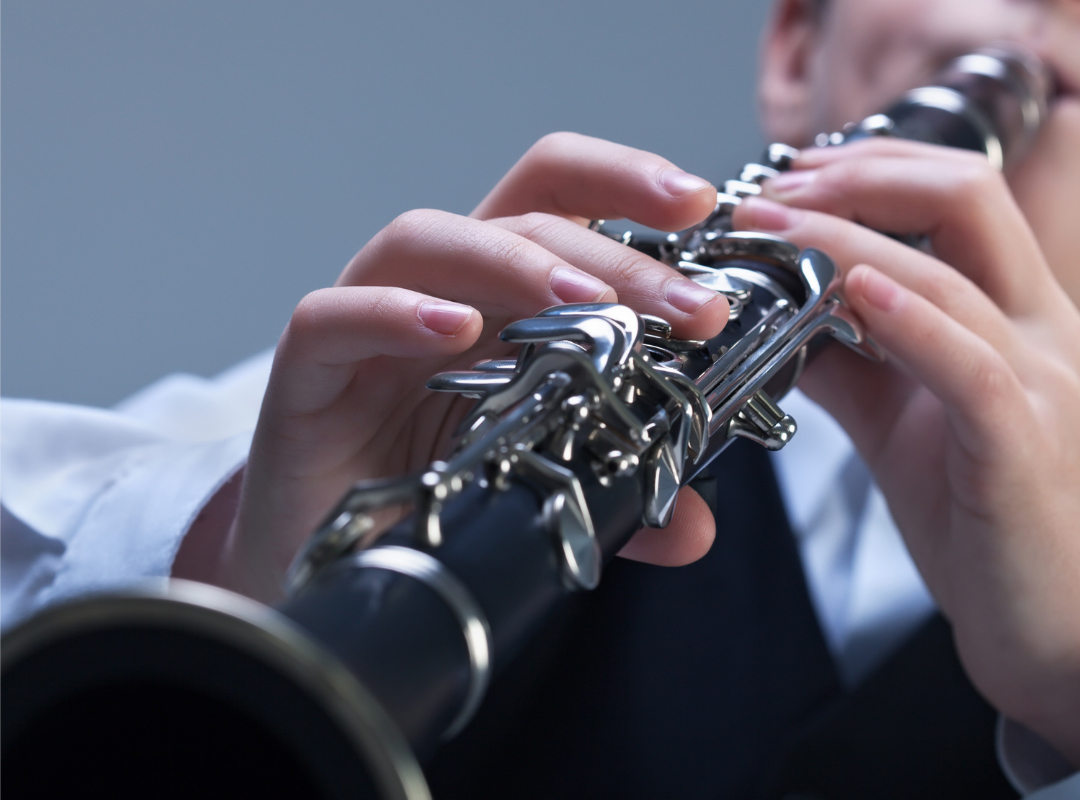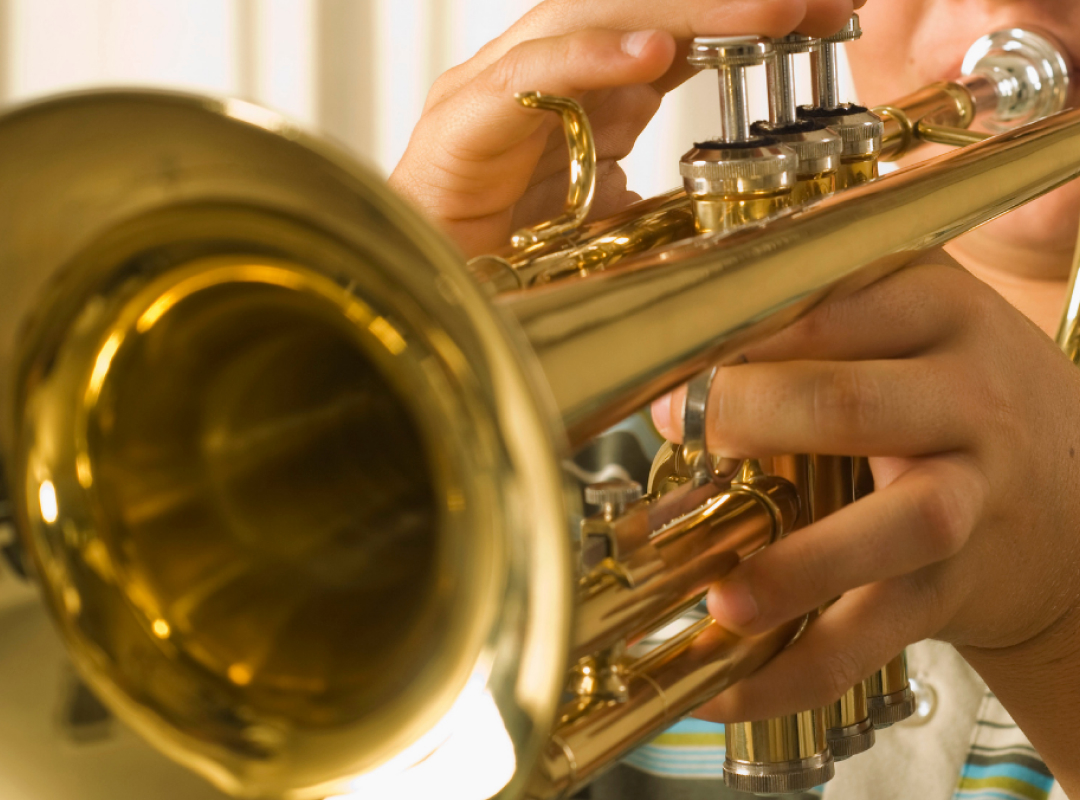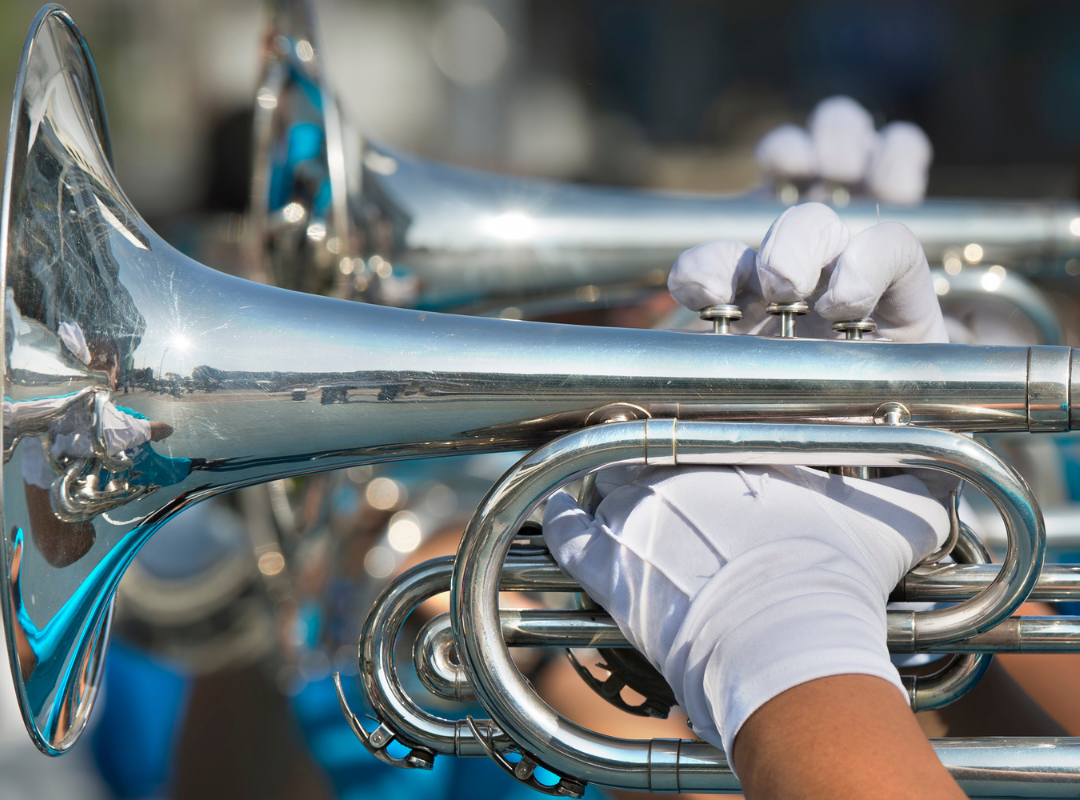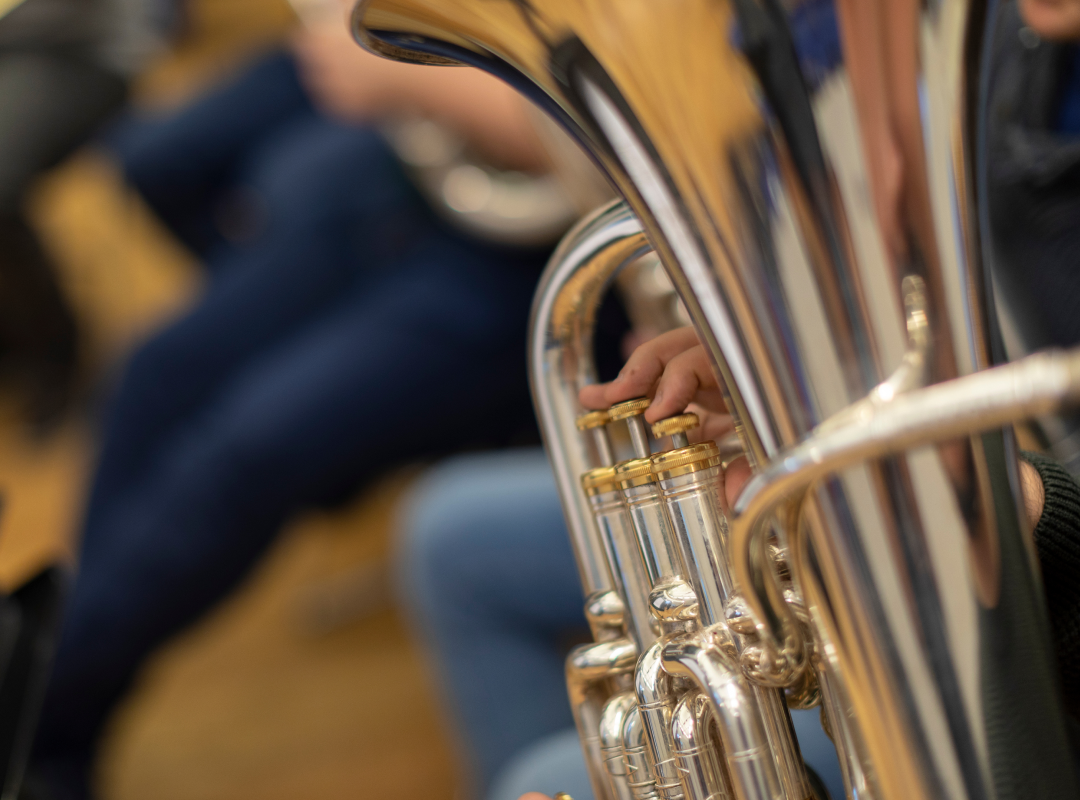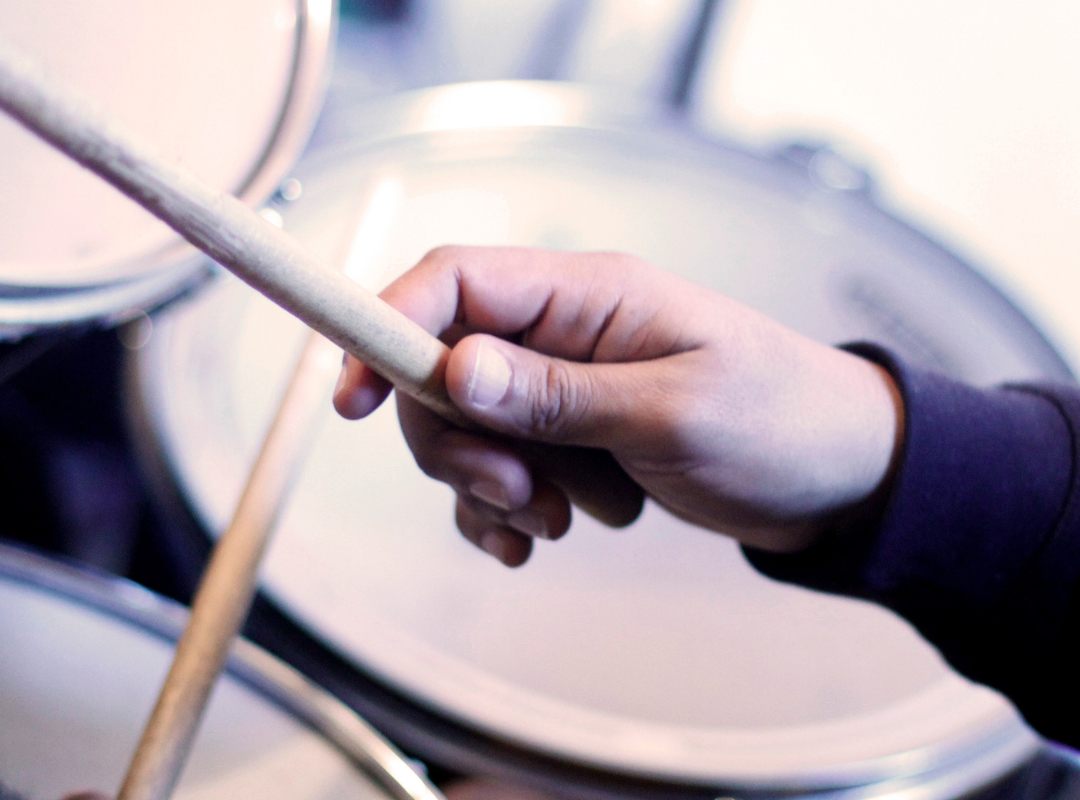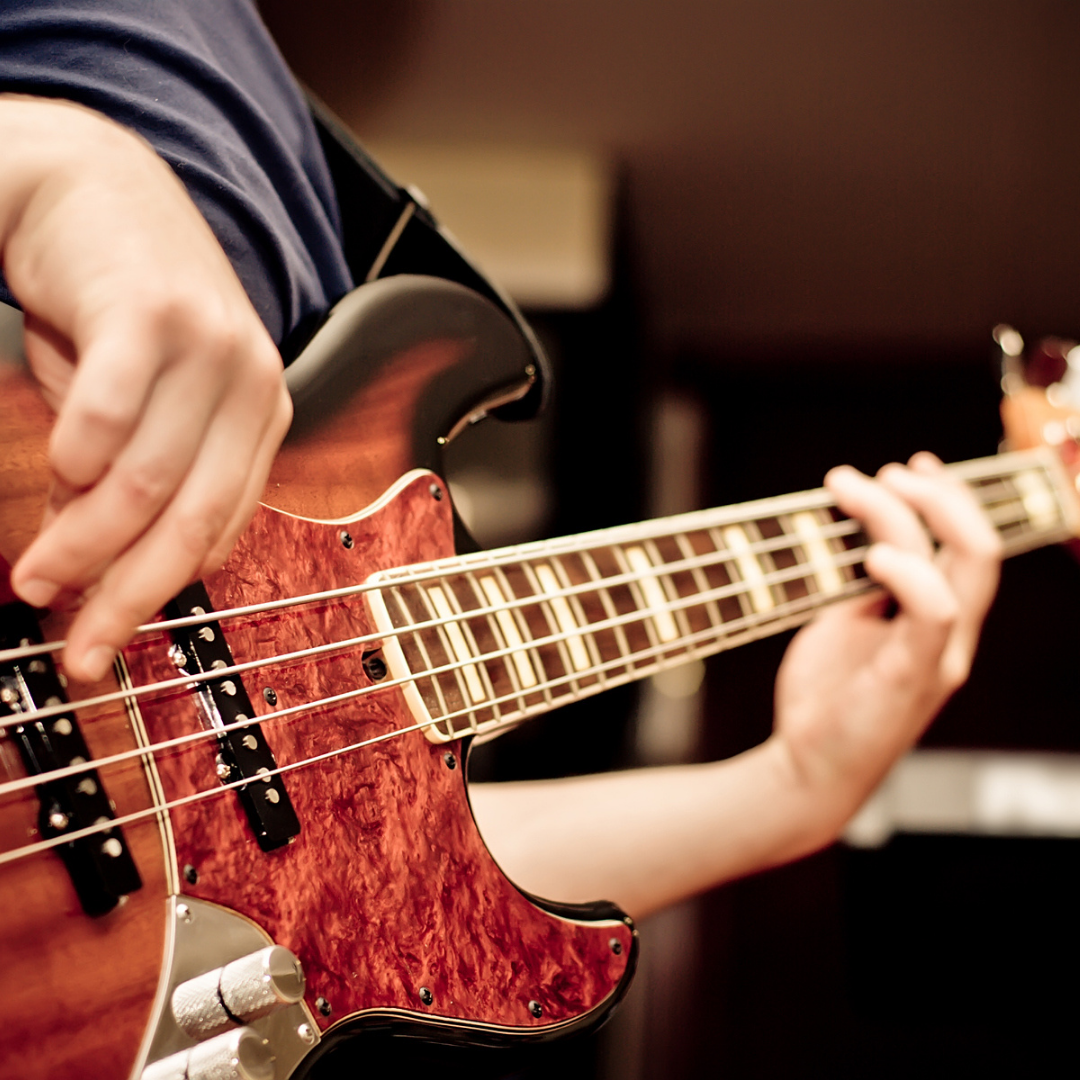Band Program Instruments
If you need help deciding which instrument what would be the right choice for your child, you’ve come to the right spot. Below is a list of instruments that are available to students who join the Schools Program with some information about each to help you decide.
It is recommended that your child choose a couple of options as it may not always be possible for us to give your child their first choice. If you are unsure on what to choose, please contact us for more advice as we would be more than happy to guide you towards the right instrument choice for your child.


